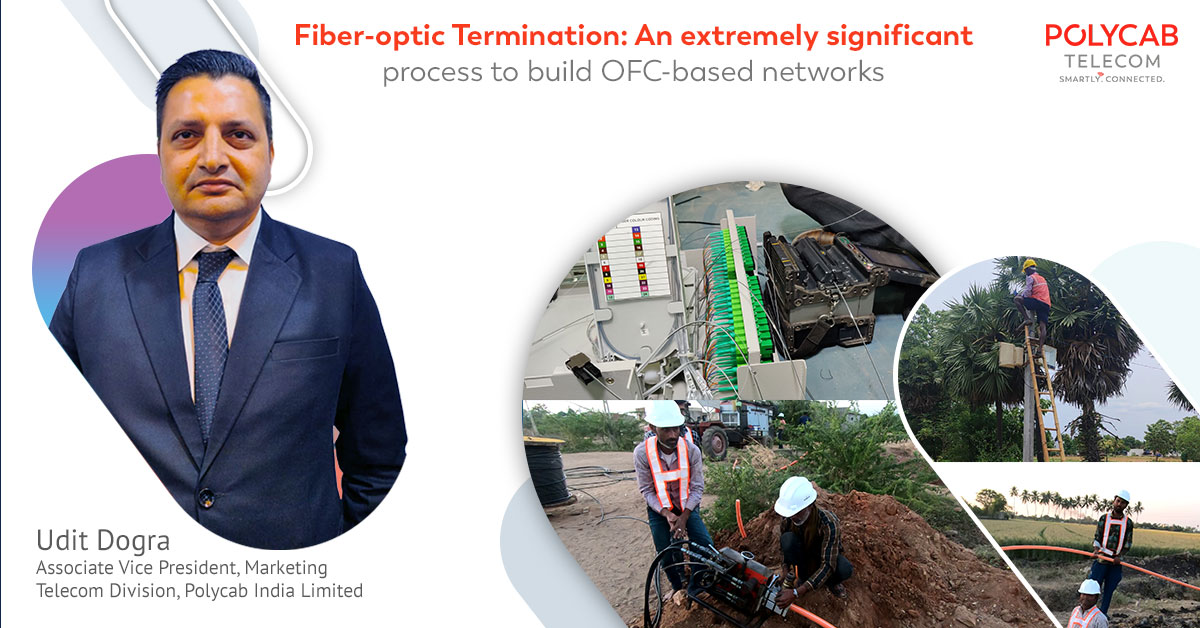Undeniably fibre-optics technology carries the promise of a flexible, scalable and full-service network platform, enabling the service-providers to transmit massive amounts of information at record-breaking speeds, with minimal interference. But laying of optical-fibre cables comprises processes and procedures which, when not strictly adhered to, could be a potential threat for the environment. The process of installing optical fibre cables (OFCs) through a forest can result in vulnerabilities for its ecosystem and biodiversity. However, lower energy-consumption, reduced waste and sustainable architectures are what make OFC-deployment a greener cabling solution. Sustainability has to be integral in planning, designing, integrating and operating OFC-network systems.
When we embarked on our mission in Gujarat for BharatNet project, we outlined our responsibilities and possible measures to avoid and mitigate the ecological impacts of OFC-deployment. Saurashtra, our earmarked area in Gujarat, has an extensive network of 4-lane highways, a big area of forests, Narmada River flowing over a good distance, a number of national parks and sanctuaries, piped gas distribution network and big cluster of villages. We made sure to eliminate redundant components from the system, we optimized network-design for sustainability and we kept construction-materials to the minimum. We didn’t let the pace and desire of project-completion make any ecological disturbances in the area. We made eco-friendly choices and innovations and worked in tandem with the respective authorities to get due RoWs for 480 railway-crossings, 280 Narmada canal-crossings, 780 bridge-crossings and many more crossroads and intersections.
For Polycab Telecom, preserving environment and having sustainability has been one of the critical bedrocks in OFC-laying and deployment.
Ashish D. Jain
Executive President & COO
Telecom Division, Polycab India Limited







